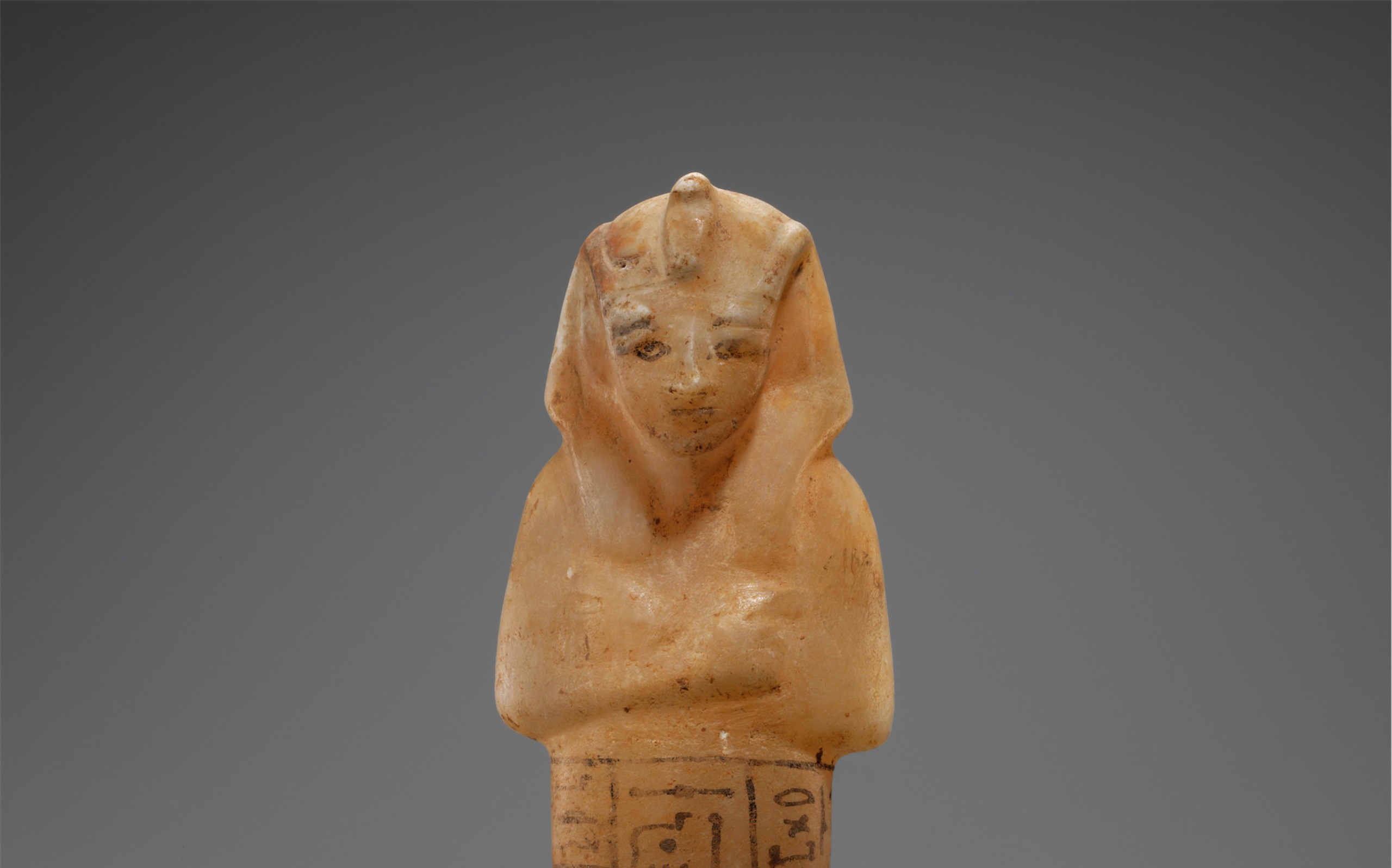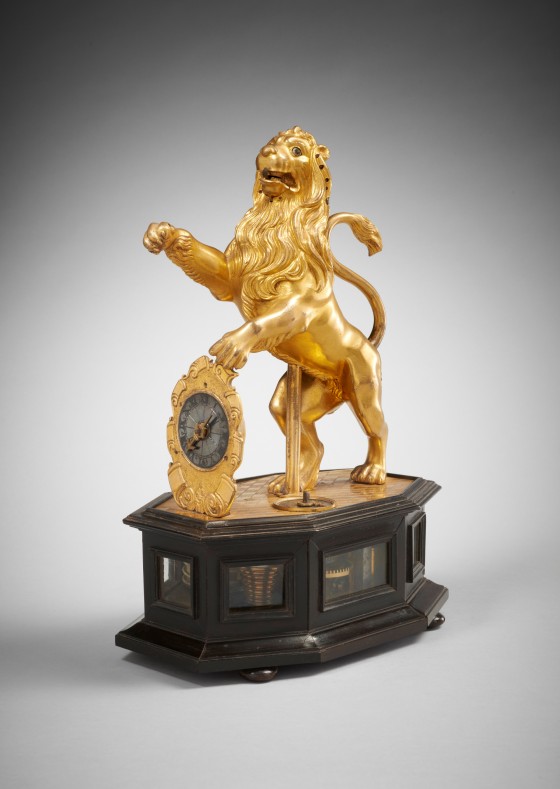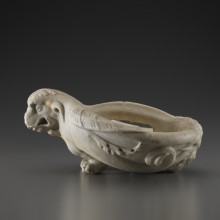
September 2018 Archaeology
Shabti of pharaoh Siptah
Intrigue at teh court of pharaoh siptah
Upon the death from natural causes of Pharaoh Sety II of Dynasty XIX (about 1193 B.C.), Siptah, his successor, a teenager who suffered from a deformed leg left revealed by a forensic examination of his mummy, was installed as pharaoh under the supervision of Queen Tawesret acting as his regent. The Chancellor Bey attempted to manipulate the monarchy behind the scenes. These machinations of Bey resulted in his assassination as reported by Paser, one of the officials in charge of the craftsmen working on the royal tombs in the Valley of the Kings. Siptah died within the following year and was presumably buried in Tomb 47 of the Valley of the Kings, the excavation of which began on 18 December 1905 and resumed in 1912 and 1913. Among the funerary objects associated with the burial of Pharaoh Siptah were a number of funerary statuettes, termed shabtis. Shabtis, together with amulets and scarabs, are statistically among the three most numerous types of ancient Egyptian works of art to have survived from antiquity.
Shabti of pharaoh Siptah
New Kingdom, Dynasty 19, reign of pharaoh Siptah (about 1193-1187 B.C)
Travertine (alabaster)
21.6 cm in height
FGA-ARCH-EG-0406
Geographical origin
Egypt, Western Thebes, Valley of the Kings, KV 47
Provenance
Theodore Davis, discovered by him in 1912 in the Tomb of Pharoh Siptah (KV 47) in Western Thebes, the Valley of the Kings
American private collection, by descent
Antiquarium, Ltd., New York, 1992
Sotheby’s [New York], Antiquities, 08.12.2010, lot n° 75.








